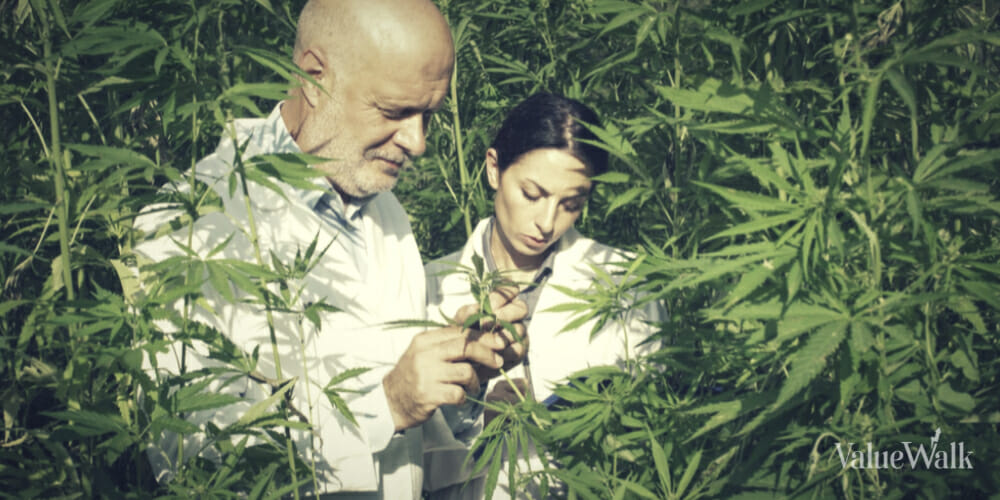It may come as a shock, but in 2023 42% of U.S states have legalized recreational marijuana. A high majority of states have legalized its medicinal use, and only two have completely outlawed any use. This comes off the backs of major changes in the population. While cannabis has seen recreational use for decades at this point. Only recently has the public opinion shifted.
More Than Half Of Americans Support Recreational Cannabis
Today 59% of Americans support the idea of recreational cannabis. 90% of Americans support the idea of medicinal use exclusively, and these numbers are only expected to climb. Interestingly, the time between medicinal and recreational legalization is also dropping. California legalized medicinal marijuana back in 1996. It was over 7,300 days before marijuana was legalized recreationally.
Q4 2022 hedge fund letters, conferences and more
This goes in direct contrast to Massachusetts's, a state that legalized medicinal marijuana in 2012. Recreational marijuana still took awhile, 1,463 days to be exact, but that’s a dramatic decrease from California's timespan. Today, by 2030 it’s predicted seven more states will legalize recreational marijuana. And from there more states are expected to legalize or even national legalization will be enacted.
Already, on the national level, President Joe Biden pardoned non-violent offenders of marijuana possession. 50 federal bills were introduced in 2022 related to marijuana. Many of these had a regulatory effect. There has been far more activity in marijuana regulation in the last few years than ever before.
Prominent cannabis legislation, such as the Controlled Substances Act, and Cannabis Opportunity Act, have been passed or changed. The Controlled Substances Act was actually what made possession of marijuana illegal.
President Biden changed this through an executive order. It seems changes to prohibitory acts are becoming common as regulatory legislation becomes popular. Regulation makes up a lot of the arguments seen in favor of legalized marijuana. The argument goes that since marijuana is already in such prominent use, it is better regulated and legal than illegal.
Today there are no shortages of dispensaries and legal means to access cannabis in recreational-legalized states. President Biden cited this as a reason for his pardon of all non-violent possessors.
Stating “Sending people to prison for possessing marijuana has upended too many lives and incarcerated people for conduct that many states no longer prohibit”. It seems that if marijuana isn’t hurting people, then it shouldn’t be sending people to jail. Contenders to the argument of regulation will say that marijuana is actually hurting people and is better banned.
CBD is another subject of controversy that commonly falls into the discussion on marijuana. Hemp-based CBD is nationally legal, although the states still have the right to regulate this use.
In all 50 states CBD is at least conditionally legal, but these regulations can vary wildly. For 17 of the U.S states, this means complete legalization. There is no regulation on the amount of THC or its medicinal connection.
For other states this is not the case. Many states set a barrier for THC content. Some set this barrier at zero, others at somewhere between 0.3-5.0% THC. There are many other conditional properties commonly seen in the legislation. Some common qualifiers are CBD with THC is allowed with certain conditions or with medicinal licenses.
All of this information together seems to set a pretty clear picture. Marijuana isn’t going anywhere. It’s not legal everywhere, states like Idaho have no legalization whatsoever and no allowance of THC in CBD. Although year after year states are legalizing cannabis, with little public pushback. Many organizations are working hard towards its complete legalization.
Today it seems legalization will happen through local and state means, but that could change rapidly. Federal legislation is only becoming more common and prohibitive legislations are dropping at similar rates. The future for marijuana use is bright. Although the question of what this means for the population hasn’t been answered. What has been answered is that marijuana is what the people want.
Source: BestCBDOils.org














